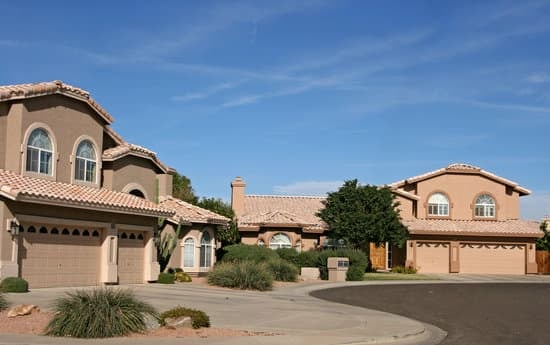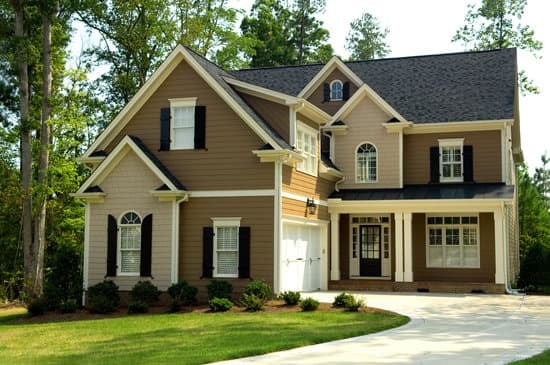Understanding the Restrictions of Romex Cables in Different Locations
As a homeowner or an electrician, it is crucial to understand where Romex cables are permitted or prohibited to use to ensure safety within the environment. Romex cables are used to wire homes, buildings, and other structures to deliver power and keep everything running smoothly. However, certain regulations govern the use of Romex cables, depending on the location.Restrictions on Elevators and Hoistways
Elevators and hoistways are dangerous places by nature. Therefore, the installation of Romex cables is strictly prohibited in such areas. These locations demand the use of armored cables that can withstand the heavy mechanical force, frequent vibrations, and possible impact from moving objects. Using Romex cables in elevators or hoistways can compromise safety if they get pinched or damaged accidentally.Prohibited in Poured Cement, Concrete, or Aggregate
Romex cables are not ideal to install in poured cement, concrete, or aggregate because they are not mechanically strong enough to withstand concrete’s weight. Concrete tends to contract or expand when it dries, resulting in damage to the cable. Moreover, aggregates containing salt can corrode copper conductors, particularly around joints, where the wire’s coating gets damaged easily. The following are some of the risks involved if Romex gets installed in poured cement, concrete, or aggregate:- Corrosion: corroded cables can lead to electrical shortages and possible fire hazards.
- Displacement: the wire can get displaced and become open circuits and, at worst, could result in deadly accidents or electrical fires.
- Damage to the outer coating: the wire’s outer coating can become damaged, exposing live conductors that could lead to electric shocks and possibly fire.
Romex Restrictions in Hazardous- Classified Areas
Romex wires aren’t allowed in hazardous areas without specific permissions as stipulated in the National Electrical Code. Hazardous locations include facilities that deal with chemicals, flammable substances, or combustible gases that could ignite due to electrical sourcing. These areas are classified into three categories, depending on the type of hazard involved:- Class I: areas that have flammable gases or vapors.
- Class II: areas that have combustible particles such as dust.
- Class III: areas that have ignitable fibers, flyings, or debris.
Exceptions to Romex Restrictions in Hazardous Areas
There are exceptions that allow the use of Romex wires in hazardous areas. However, the wire needs specific approvals from the National Electrical Code. The following are the different types of exemptions:- Type MC Cable: the metal-clad cable is permitted in hazardous locations in place of armored cable and conduit wiring systems.
- Type AC Cable: the armored cable is permitted in hazardous locations because it has flexible metal covering.
- Type MI Cable: the mineral-insulated cable is built to withstand extreme temperatures and pressure.
Romex Prohibitions in Absence of Specific Permissions
In the absence of specific code exceptions, Romex cables are prohibited to install in potentially hazardous or risky locations. The cable’s installation should be done following all building codes and regulations, and electrical codes should be adhered to, to avoid accidental fires, electrical shocks, and potentially fatal injuries.Code Provisions Governing Romex Use
The National Electrical Code provisions regulate Romex use in residential and commercial facilities. The code provides minimum safety standards for building conductors, appliances, and electrical equipment. Some of the National Electrical Code provisions include:- Article 334: this article outlines the allowable uses and installation guidelines for nonmetallic-sheathed cables like Romex cables.
- Article 100: this article contains definitions of electrical terms and terminologies used in the National Electrical Code.
- Article 800: this section dictates the specific requirements for communication circuits, including wiring systems, interconnecting cables, and equipment used in communications systems.



















